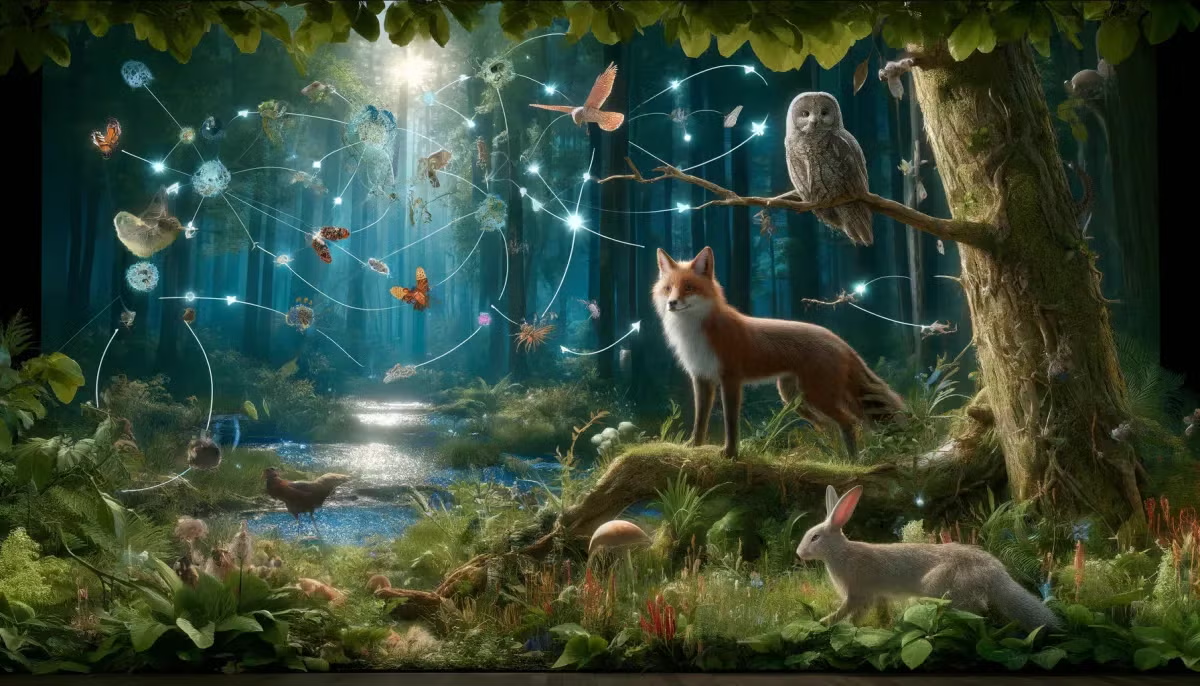
Grades:
1st Grade
This lesson focuses on animal habitats, as well as nonstandard unit measuring and data tables! The students will research an animal of their choice and identify what it needs in its habitat, as well

Grades:
1st Grade
Students will be exploring natural resources and 10's and 1's through this hands-on engineering project! The students will create a shelter for an animal out of natural resources they have collected

Grades:
6th Grade, 7th Grade, 8th Grade, 9th Grade, 10th Grade, 11th Grade, 12th Grade
Be a part of the humanitarian effort and teach students how to create a fully functioning 3D printed prosthetic arm for a client in need. This lesson walks you through the process in a slideshow

Grades:
3rd Grade, 4th Grade
In this unit, students will identify what a shelter is and why we need it. Students will identify the different types of shelters and materials needed depending on climate and their surroundings

Grades:
4th Grade
Students will learn about melanoma and non cancerous moles and how to spot them through symmetry. They will use Pixlr tools to understand the identification process and then they will create their own
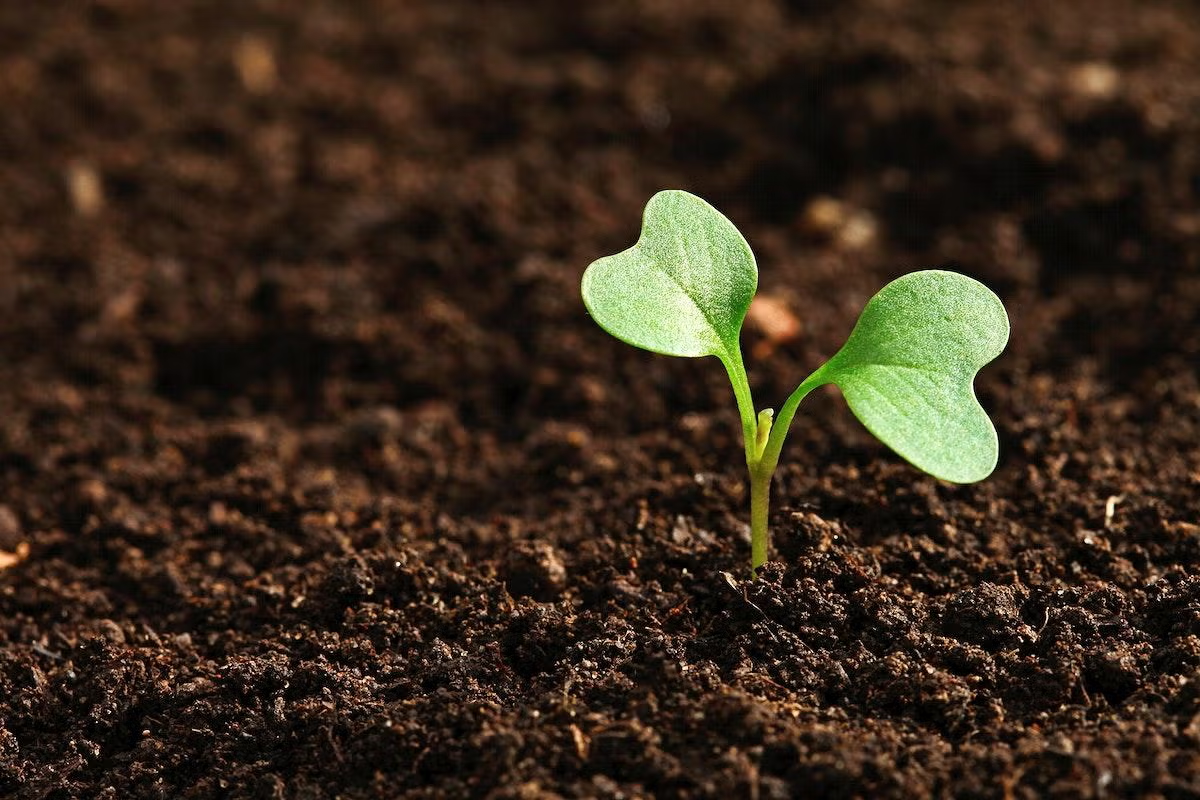
Featured
Best Class Plant
Grades:
1st Grade, 2nd Grade, 3rd Grade
This lesson is centered around the book, The World's Best Class Plant. It is intended for 1st-3rd grade. Ideally, teachers would use this lesson at the beginning of the year so they can have their

Grades:
4th Grade, 5th Grade, 6th Grade, 7th Grade, 8th Grade, 9th Grade, 10th Grade, 11th Grade, 12th Grade
The Micro:bit prototyping academy is designed to teach students the basic commands and features in order to innovate their own device. They will learn the input commands, variables and conditional

Grades:
3rd Grade
Students will dissect a flower, then create a stop-motion animation film so that they learn both about creating stop motion animation and that plants have internal and external structures that serve

Grades:
Kindergarten, 1st Grade, 2nd Grade
In this lesson, K-2 students will plant seeds and use technology to track the growth of their plants. Through hands-on activities and observation, students will learn about the basic needs of plants

Grades:
7th Grade, 8th Grade
This lesson has students examining isochron maps of the Earth's seafloor and looking for patterns to support evidence of continental drift. A prerequisite include a previous lesson of continental

Grades:
6th Grade
Students are to design and build a truss-style bridge out of balsa wood before testing its strength.

Grades:
7th Grade
The purpose of this project is to provide students with a hands-on learning experience that combines the study of human body systems with engineering principles. By investigating the interaction

Grades:
5th Grade
Students will be able to identify the planets in our solar system, describe the difference between rotation and revolution, and engineer a three dimensional model of our solar system.

Grades:
3rd Grade
In this lesson, students will learn about the basic principles of light reflection and how periscopes work. They will then apply this knowledge by designing and constructing their own simple
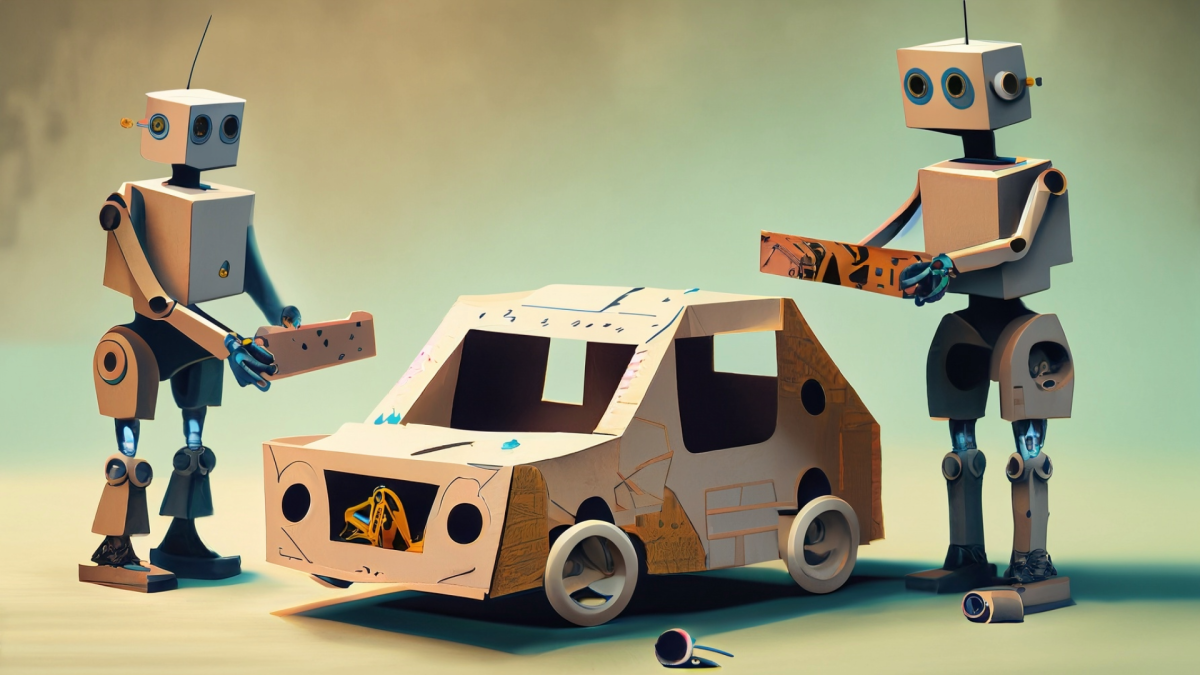
Grades:
6th Grade, 7th Grade, 8th Grade, 9th Grade, 10th Grade, 11th Grade, 12th Grade
Are your students fans of Formula 1? If they are or aren't this lesson will take a look into the dominance of Red Bull Racing in Formula 1. Why is Red Bull so dominant? Is it the driver or the
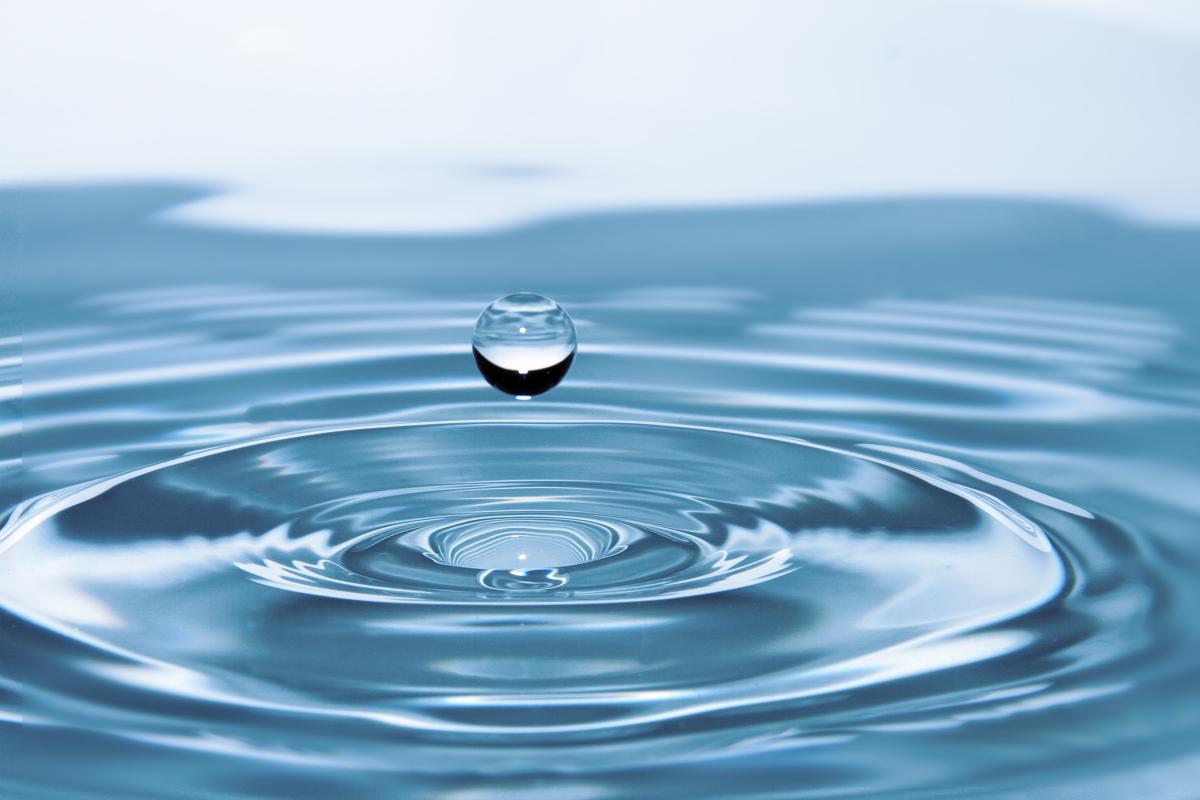
Grades:
11th Grade, 12th Grade
This lesson will show you how to test a protein with a spectrophotometer and teach the students about serial dilutions

Grades:
10th Grade, 11th Grade, 12th Grade
This lesson plan is on how to make agar plates to grow media on. This teaches the students how to measure out the agar and water and mix properly and plate the agar properly.

Grades:
5th Grade
In this lesson, students will understand how Katherine Johnson’s courage and actions impacted flight to space and changed the world, including racial segregation. Through a hands-on learning
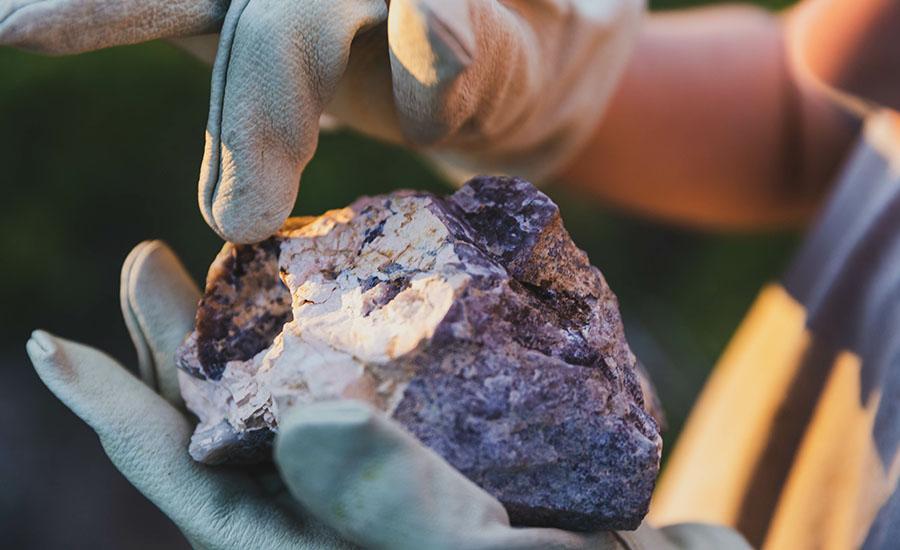
Grades:
3rd Grade, 4th Grade, 5th Grade, 6th Grade, 7th Grade, 8th Grade, 9th Grade
An overall view of mining, minerals, and their role in our everyday life. This lesson compares the past, present and future of mining and it's relativity to sustaining our way of life.
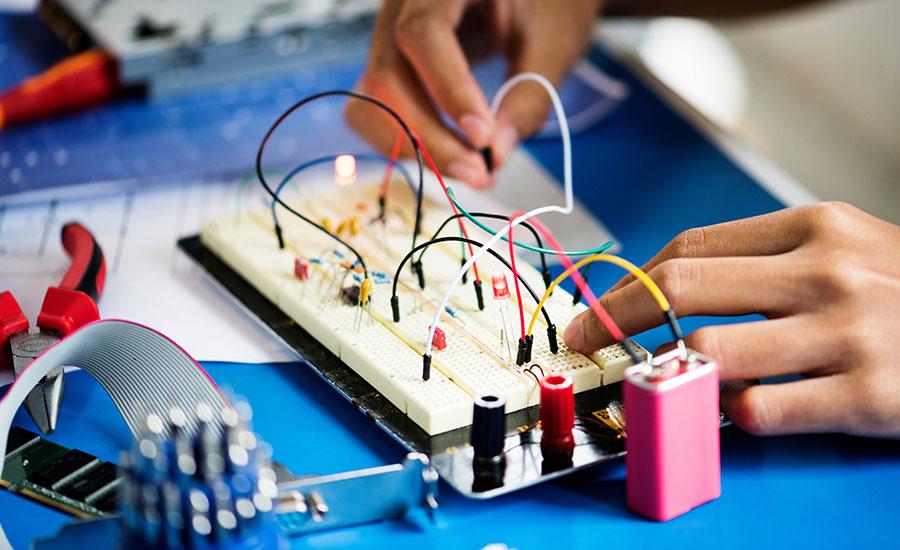
Grades:
5th Grade, 6th Grade, 7th Grade, 8th Grade
Students will use Circuit Playground Express and create a DIY Burglar Alarm

Grades:
5th Grade, 6th Grade
This is a lesson plan made to target the fifith grade standard on how noncontact forces impact one another. It can be adapted to grades 5-12. Students will explore magnetism and polarization, research

Grades:
3rd Grade
The lesson objective is to develop an enduring understanding of desert plants (especially cacti), conduct photosynthesis, and how their structures function to help them survive in the desert. An

Grades:
5th Grade
This 5th grade lesson incorporates Mad Lib, micro:bits and learning how to code on Makecode.org. This lesson is teacher directed to walk students to add variables and text value. Students will use

Grades:
2nd Grade
This 2nd grade lesson incorporate the book, We are Water Protectors by Carole Lindstrom, and Ozobots. Students will discuss the beginning and ending of the story and discuss how characters respond to


